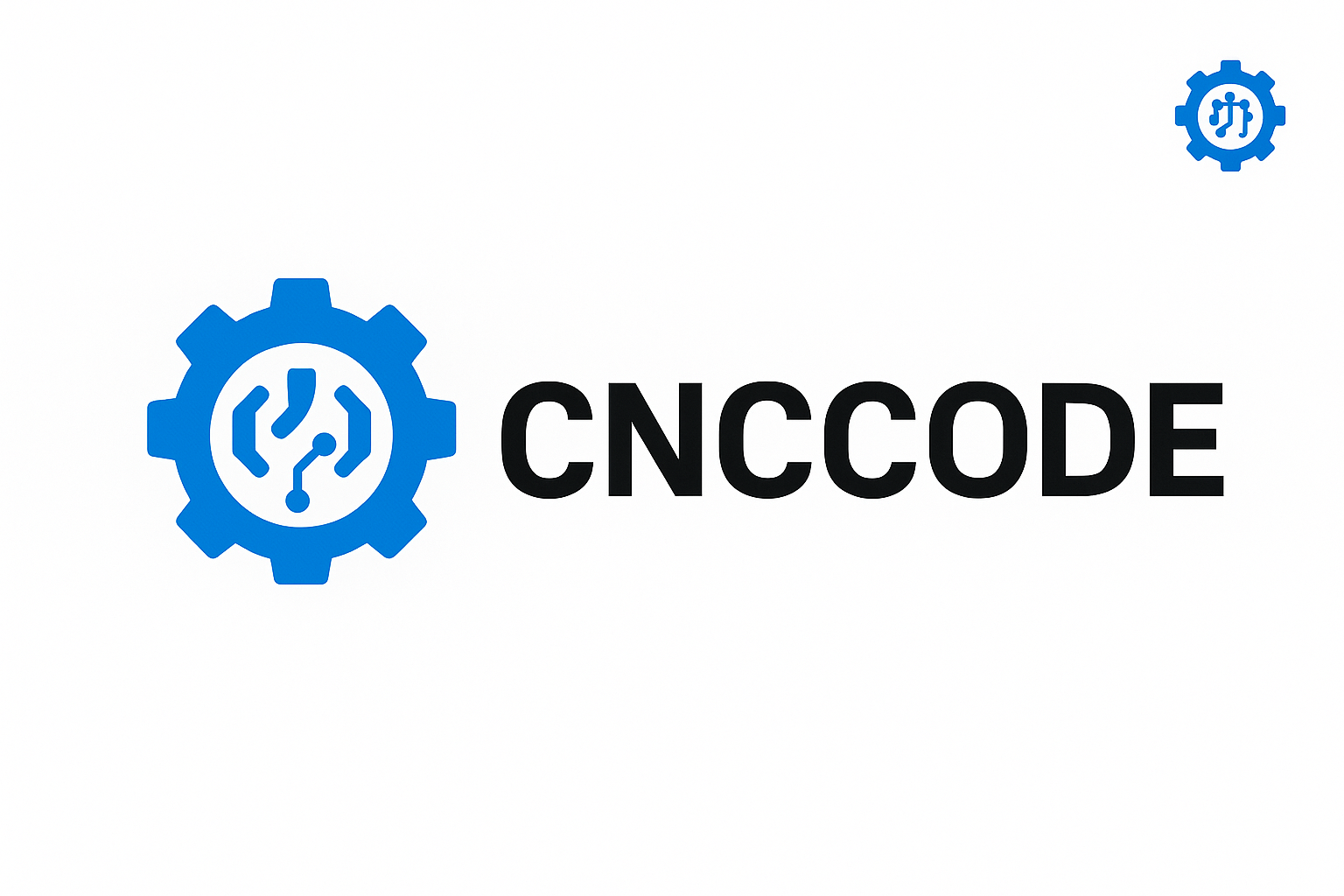CNC machine not working correctly? Learn how to diagnose and fix the most common CNC issues in this 2025 troubleshooting guide. Covers spindle problems, tool breakage, missed steps, axis errors, software bugs, and more.
CNC Troubleshooting Guide 2025: Fix Common CNC Machine Problems Fast
CNC machines are incredibly precise, but they’re not immune to problems. From software bugs and wiring issues to spindle failures and missed steps, many CNC operators encounter frustrating breakdowns that can halt production. In this comprehensive 2025 troubleshooting guide, we’ll help you quickly identify and fix the most common CNC machine issues across routers, mills, lathes, and hobby builds.
Top CNC Problems and How to Solve Them
1. CNC Spindle Not Spinning or Weak Power
- Possible Causes: Faulty VFD, bad wiring, loose connectors, incorrect G-code (missing M3/M4), or RPM too low
- Fix: Check VFD settings, test with a multimeter, inspect spindle wires, review G-code header
2. Stepper Motors Skipping or Missing Steps
- Possible Causes: Overloaded toolpaths, loose couplers, incorrect acceleration settings, low current
- Fix: Tighten all mechanical connections, reduce feedrate, increase driver current, check wiring
3. Tool Breakage During Job
- Possible Causes: Wrong feeds and speeds, dull tool, wrong material, improper chip clearing
- Fix: Use an online feeds & speeds calculator, replace tool, increase air blast or dust removal
4. Axis Not Moving or Jerky Motion
- Possible Causes: Bad driver, gummed-up linear rails, bent leadscrew, broken wire
- Fix: Swap drivers to test, clean/lubricate rails, inspect and straighten mechanical parts
5. Inconsistent Cuts or Wrong Dimensions
- Possible Causes: Loose belts or couplers, incorrect steps/mm in software, backlash
- Fix: Calibrate axis steps, tighten belts, use anti-backlash nuts or ball screws
6. CNC Software or Controller Crashes
- Possible Causes: Outdated firmware, USB disconnection, high CPU usage
- Fix: Update GRBL/Marlin/Mach3, use shielded USB cable, avoid other apps running
Common CNC Alarm Codes and What They Mean
| Alarm Code | Meaning | Solution |
|---|---|---|
| Alarm 1 | Hard Limit Triggered | Check endstops or soft limits |
| Alarm 2 | Homing Failed | Recheck homing direction, limit switches |
| Alarm 8 | Homing Not Enabled | Enable $22 = 1 in GRBL |
| Alarm 3xx | Controller Fault | Power cycle or reload firmware |
Electrical Troubleshooting Checklist
- Check for loose or burnt connectors (especially on drivers and motors)
- Use a multimeter to test voltage to stepper drivers and spindle
- Make sure power supplies are not overheating or undervolting
- Ground the machine frame properly to prevent static buildup
Mechanical Troubleshooting Checklist
- Inspect all axes for movement resistance—gummy rails can cause stalling
- Spin leadscrews and ballscrews by hand to feel for rough spots
- Make sure stepper shafts are not slipping inside couplers
- Look for worn bearings or linear guides
Tips for Preventing CNC Downtime
- Run a dry simulation (air cut) of new jobs
- Keep your machine firmware and controller software updated
- Back up settings and G-code frequently
- Use surge protection and clean power sources
When to Call for Professional Repair
If you’ve tried the above steps and still face recurring issues, it may be time to call in a CNC technician or send your controller for inspection. Some electronics, like stepper drivers or motherboards, may degrade over time and need replacement after a few thousand hours of use.
Bonus: CNC Diagnostic Tools
- Multimeter: For checking voltage, continuity, and grounding
- Dial indicator: For measuring backlash and accuracy
- Spindle tachometer: Verifies RPM output
- Thermal camera or temp gun: Check overheating components
Conclusion
Troubleshooting CNC machines doesn’t have to be overwhelming. With the right tools, knowledge, and routine maintenance, most issues can be identified and resolved quickly. Bookmark this guide on cnccode.com and keep it handy whenever your CNC machine acts up.

Leave a comment